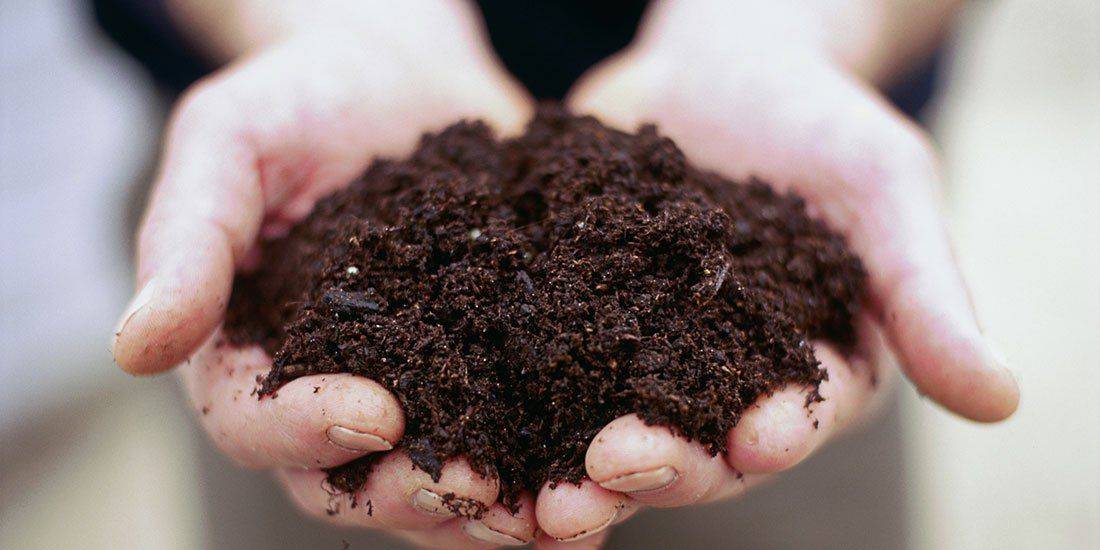
Two days after World soil day was celebrated all across the world on the 5th of December the UN’s Food and Agriculture Organisation (FAO) published a report on the disastrous impacts of the use of plastics in Agriculture.
The research, titled "Assessment of Agricultural Plastics and Their Sustainability: A Call for Action," outlines alternatives and actions that might improve the circulation and "sound management" of plastics. The paper compares the issue to the better-documented issue of marine plastics in order to address the research void surrounding it.
Agricultural plastic pollution, according to the FAO, is significantly more substantial and presents an even bigger threat to food security, human health, and the environment, while being poorly documented.
Plastics have become ubiquitous in agri-food systems and food value chains during the last 70 years. From fishing gear to tree guards to greenhouses, low-cost, flexible plastic items have seeped into every aspect of our agricultural systems. They can help reduce food loss and waste while increasing production and efficiency in all agricultural industries.
However, plastics, due to their extensive and long-term usage, are a major cause of pollution. Their buildup in soils and aquatic ecosystems is caused by a lack of systematic collection and long-term management.
The majority of agricultural plastic goods are single-use and can linger in the environment for a long time after being used. They can transmit and accumulate in food chains after degrading into microplastics, posing a danger to food security, food safety, and possibly human health.
According to the research, over 12.5 million tonnes of plastic items are employed in agricultural production each year. Approximately 60% of this sum is accounted for by plastic films. Overall, the vegetable, fruit, agricultural, and livestock sectors are anticipated to be the major users, accounting for ten million tonnes per year, followed by fisheries and aquaculture, and finally forestry. As a result, the soil appears to be the most common recipient for agricultural plastic goods, both during their intended usage and after they have outlived their usefulness. Despite data restrictions for different locations, Asia is estimated to be by far the greatest user of agricultural plastics, with China alone accounting for at least six million tonnes yearly.
The increased usage of greenhouse and mulching methods to fulfil the growing need for food is expected to boost the overall demand for agricultural plastics in Asia.This report hence provides a very useful perspective into how plastics are a cause of nuisance that might surely cut off our food supply by poisoning the land if not curtailed in time.
















